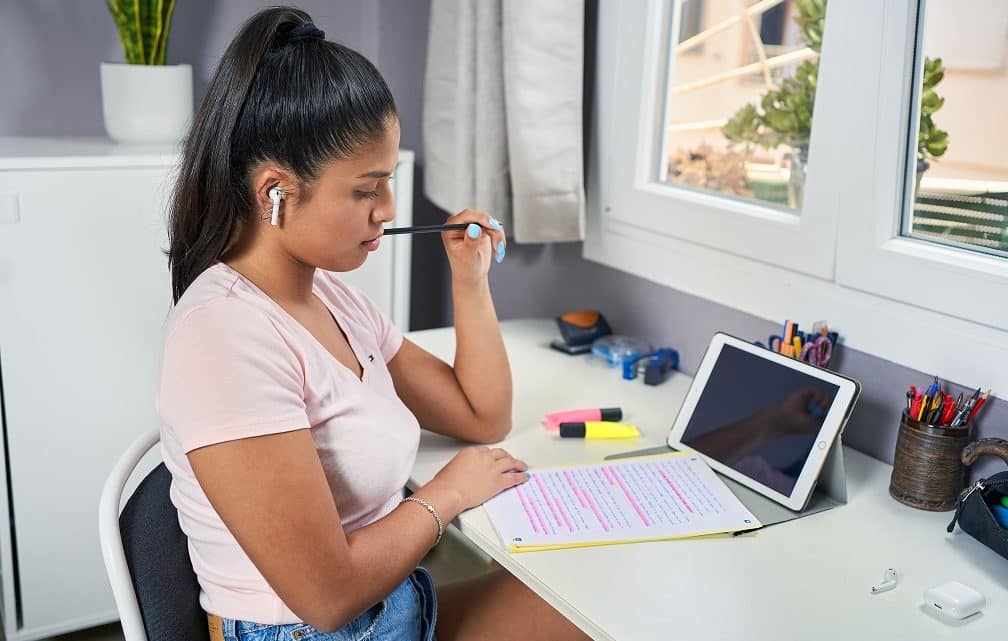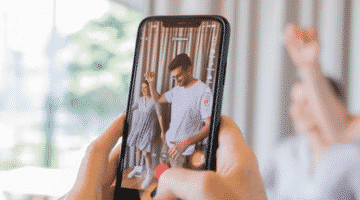Social media allows us to be in touch with friends and family and stay up to date with the latest news. During the pandemic, it has become an invaluable tool for communication. We can’t consider social media platforms inherently evil. It’s their excessive usage that is associated with negative consequences. In this article, we’ll focus on the impact of social media on students’ academic performance as they are the most active internet users globally.
Student Social Media Usage: Statistics
Before we dive into the effects of social media on one’s academic performance, take a look at some facts:
- 88 percent of 18- to 29-year-olds report using at least one social media platform (Pew Research Center).
- 12 percent of internet users spend more than 4 hours per day using social media (Statista).
- 16- to 24-year-olds spend about 3 hours on social media daily (Digital Information World).
- 42 percent of US adults have been using social media for socialization during the pandemic (Statista).
- YouTube is the most popular platform among Gen Z and Millenials (Statista).
- Around 200 million people suffer from social media addiction worldwide (Mediakix).
- Excessive use of social media among teens reached 9 hours per day (FameMass).
- 40 percent of US 18- to 22-year-olds reported feeling addicted to social media (Statista).
- 10 percent of US teens check their phones 10 times per night (Mediakix).
Impact of Social Media Overuse
- Time Management
Time management is one of the critical factors that determine students’ success in school. As social media takes too much of their attention, it also distorts the balance between study and leisure time. Students spend their time irrationally, failing to set priorities.
Social media platforms absorb time without people even noticing it. As a consequence, students who use them excessively tend to miss deadlines and get lower grades than they could. Of course, those learners who know how to study smart order an essay online from Essayservice to submit all papers in time. They also work on time management skills and limit social media time to maintain success in school.
2. Concentration
Social media is a concentration killer. It scatters students’ attention, which impacts their ability to stay focused on the task at hand. Sometimes they find it difficult to finish even the simplest tasks without getting distracted. Consumer Mobile Experience research conducted by Ofcom shows that people check their smartphones on average every 12 minutes during their waking hours. This creates excessive stimulation that impedes one’s ability to hold attention.
Besides, excessive social media usage makes the brain used to multitasking. As a result, instead of focusing on one task, for example, on homework, students tend to check social media at the same time. Technology overload leads to their decreased ability to engage with the content, reflect on it, and memorize. This takes a toll on their academic outcomes.
3. Motivation
Social media pages are full of motivational videos and images. A lot of students point out their inspirational aspects. However, despite expressing interest in meaningful content, most of them aren’t inclined to learn from it or use it in real life. According to the study that investigated the correlation between social media use and motivation, students who overuse social media acquire a passive attitude.
For example, they might get inspired to learn a certain skill, enroll in a specific course, or write an essay online just like their favorite blogger, but they might never actually start pursuing this goal as they spend all their time scrolling through their feeds. Social media also creates unrealistic images that discourage students from setting goals because they seem impossible to attain.
4. Mental Health
Excessive use of social media leads to mental health problems like anxiety, stress, and depression. It also impacts students’ self-esteem and their sense of self-worth. Emotional and mental health, in its turn, influences the way learners perform in school. Students who spend too much time online become more isolated. They might start to perceive social media platforms as a replacement for in-person human connection.
In the context of learning, mental health issues caused by social media decrease students’ collaboration skills. Learners might find it difficult to connect with their peers and interact with them during group work. Students also tend to become less active and thus miss out on opportunities to develop skills and build meaningful relationships.
5. Communication
Although social media is all about chatting and sharing, it often has an opposite effect on students’ real-life communication skills. It’s important to remember that communication is not only about words. It includes social and nonverbal cues and requires emotional intelligence. Unfortunately, social media communication doesn’t entail these components in their full form. As a result, face-to-face relationships suffer in most students with social media addiction. They tend to spend more time looking down at their phones than engaging in classroom activities.
Yet, effective communication is an important part of the learning process. It determines a student’s ability to express their thoughts in oral and written forms. With poor communication skills, students are likely to struggle with classroom discussions and writing assignments.
Conclusion
A vast majority of students use social media daily. It’s not surprising that it influences their lives in many different ways. While moderate and reasonable usage can even be helpful, social media addiction has a negative impact on students’ well-being and academic performance. In the first place, it concerns the ability to concentrate, time management, mental health, communication, and motivation. If not addressed, excessive use of social media can impede students’ success in school and beyond.




